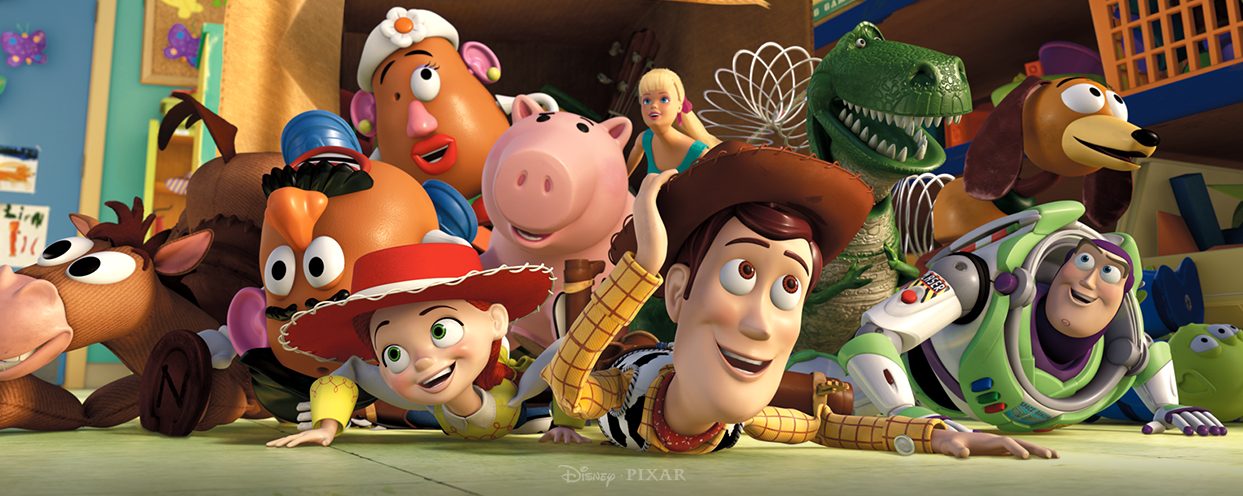
Gaming Editor Louis Wright revisits and explores the merit of Pixar’s Toy Story 4, four years on from its release.
As a franchise continues on through multiple entries it evolves with time. Tonal shifts and creative changes can morph what was once set in stone into something new. Pixar’s flagship franchise, Toy Story, is no exception to this.
From inception as the studio’s first full-length feature, the Toy Story films have been vehicles for an exploration on themes of childhood, maturation, and understanding. Culminating in its third instalment, the initial Toy Story trilogy presents a self-contained story that is tight, relatable, and carries a strong emotional core. Therefore many see the fourth entry, aptly named Toy Story 4 (2019) as a bastardisation of the series to that point and a product of corporate greed. While on some level these points stand firm, from its predecessors and in some ways stand above them.
“There is an artistic merit behind Toy Story 4 that makes it stand apart
Both Toy Story 3 (2010) and Toy Story 4 are meta-referential films whose stories centre around the environment of Pixar at the time of their inception and production. In the case of Toy Story 3 this was a signifier of the end of the era of ‘classic Pixar’ where they released the films conceptualised in the famous lunch meeting of 1994. Toy Story 3 is about letting go of the past and moving forward into a new era of life, fitting for the film that was the farewell for many of the old guard of the company.

Understanding Toy Story 4, therefore, is to understand Pixar’s approach to making films in this era. Many of the films around the time of its release were prequels or sequels to their existing properties that expanded on the pre-built worlds other films founded. Some, such as Cars 3 (2017), warranted their existence as an alleviation of past mistakes in said franchise while others like Incredibles 2 (2018) were completely devoid in originality or expansion of its predecessors themes and messages.
Forky, the most prominent new character introduced in Toy Story 4, is the encapsulation of this idea. A literal piece of trash forcibly turned into a toy that should not exist, and has no reason to exist, but is still loved by a child regardless functions as a metaphor for the existence of the film he stars within.
While Toy Story 4 has no reason to exist, and probably should not exist, it was forcibly created regardless by the higher powers of Disney. However, in spite of this fact it is still beloved regardless by the new generation of children forming its audience.
Therefore in the context of being a meta-referential film, Forky is a commentary from the creative team behind the film about the conditions of the studio that they work in. Effectively a message to their own audience about how even the most unnecessary of films can have an important impact to the right person, Forky is the justification of the film’s existence.
“Forky acts as the strongest element of Toy Story 4
In a period of time where one of the most creative studio’s in western cinema was churning out vapid sequel followed by vapid prequel, Toy Story 4 stands out as a film that while on the surface seems par for the course is in actuality an introspection from the creative team behind it. In this sense, Toy Story 4 is a perfect encapsulation of the ideals of a studio versus the ideals of the creatives who actually make the films and should be remembered as such.
Liked reading this feature? Try these other features from Redbrick Film:
Redbrick Rewind: Theatre of Blood Turns Fifty | Redbrick Film
The Influence of the Nuclear Bomb on Japanese Cinema | Redbrick Film
Hollywood at War: the Writer’s Guild Strike Explained | Redbrick Film

Comments